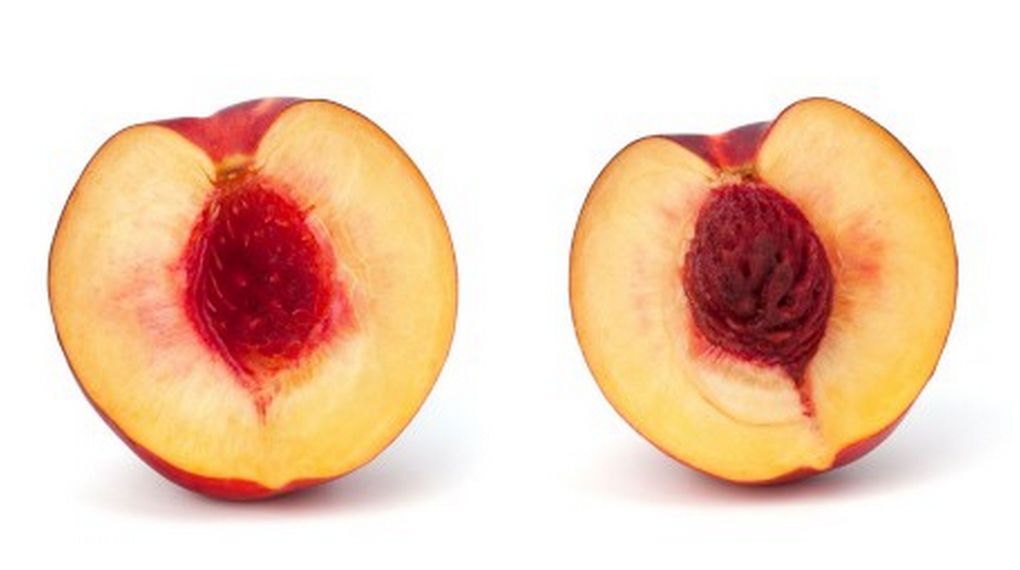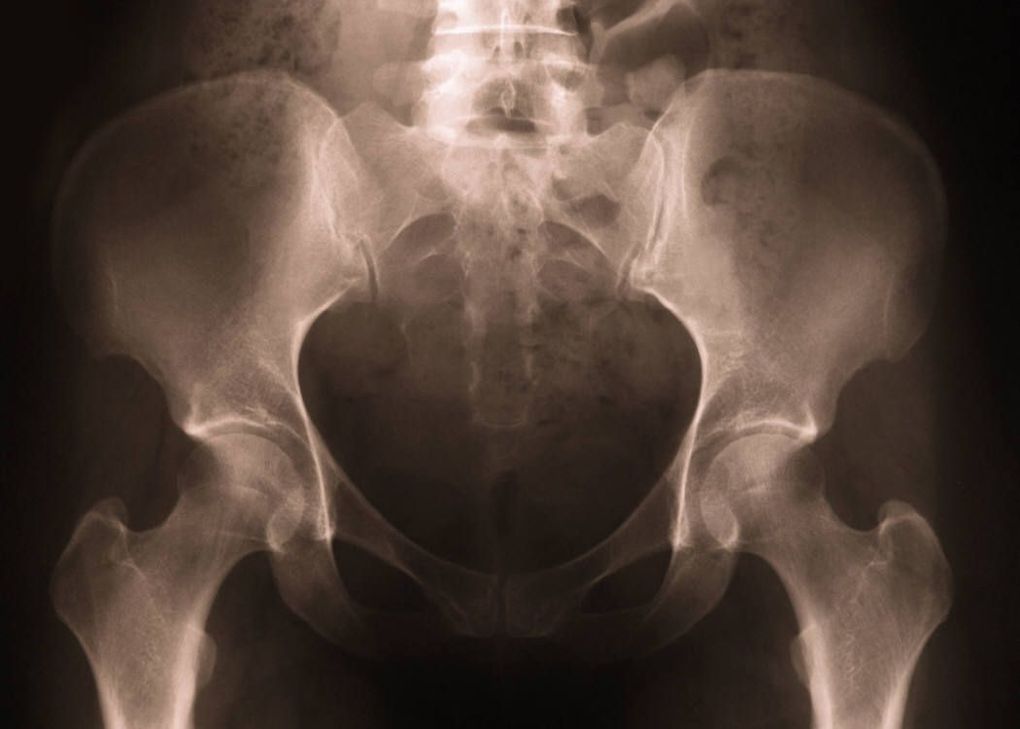More questions were asked, more research was done – but apparently it was “a social conversation” around belly buttons which triggered the Eureka for Cobb and his saddle fitting science. He landed on a simple question: “Are your ‘lady parts’ an ‘Innie’ or an ‘Outie’? There is a physical difference between the two types, and that difference can help tell you what saddle will be the best fit for your body type.”
“Because women’s sexual anatomy is lower in the pelvic region, and cannot be “adjusted” like men’s sexual anatomy, finding comfort can be more difficult on a bike saddle.”
Cobb Cycles explain: “The women’s sexual anatomy, the vulva, labia, and clitoris in particular, make up the women’s soft tissue that cause the most concerns and discomfort for female riders. The vulva and labia are the outer exposed soft tissue areas around the opening of the vagina. Because women’s sexual anatomy is lower in the pelvic region, and cannot be “adjusted” like men’s sexual anatomy, finding comfort can be more difficult on a bike saddle. Putting direct pressure on any of this soft tissue area can soon lead to pain, unhappiness, and short bike rides.”
The dots began to join to create the saddle fitting system that Cobb Cycles use today in their online ‘which saddle is right for you’ questionnaire: “For the women who are considered ‘Outies’, the vulva and the labia are much more pronounced and exposed, often showing as a physically larger area. The clitoris also may be a physically larger area. In other words, there is more fleshy surface area to the external genitalia for those who are considered outies. For the ‘Innies’, the vulva, the labia, and the clitoris tend to be more enclosed or drawn up internally so that the crotch area is smoother. The innies will have a smaller exposed soft tissue surface area.
“So far, it seems that either one can be found with either pubic bone style, but it is beginning to show that the forward hip socket location combined with the protruding pubic bone, tends to be an ‘Outie’ more often, while a less pronounced pubic bone tends to be an ‘Innie’.”
Though saddle preference does have its own unique factors, Cobb have found a clear trend: “We have found that the “Outies” tend like the wider nosed saddles such as the Max or Fifty-Five models, while the “Innies” consistently like the Plus and V-Flow and the new Randee’ [narrower nosed] models.”
We wouldn’t suggest that every reader rush out to buy a Cobb saddle – but we would suggest that determining if you’re an ‘innie’ or an ‘outie’ could help you get a clearer idea what shape of saddle you should look for.
You might also like:
7 Tips to Finding the Perfect Saddle
Saddle Sores: 16 Tips for Avoiding Them
4 Reasons a Road Cyclist Should Get a Bike Fit




